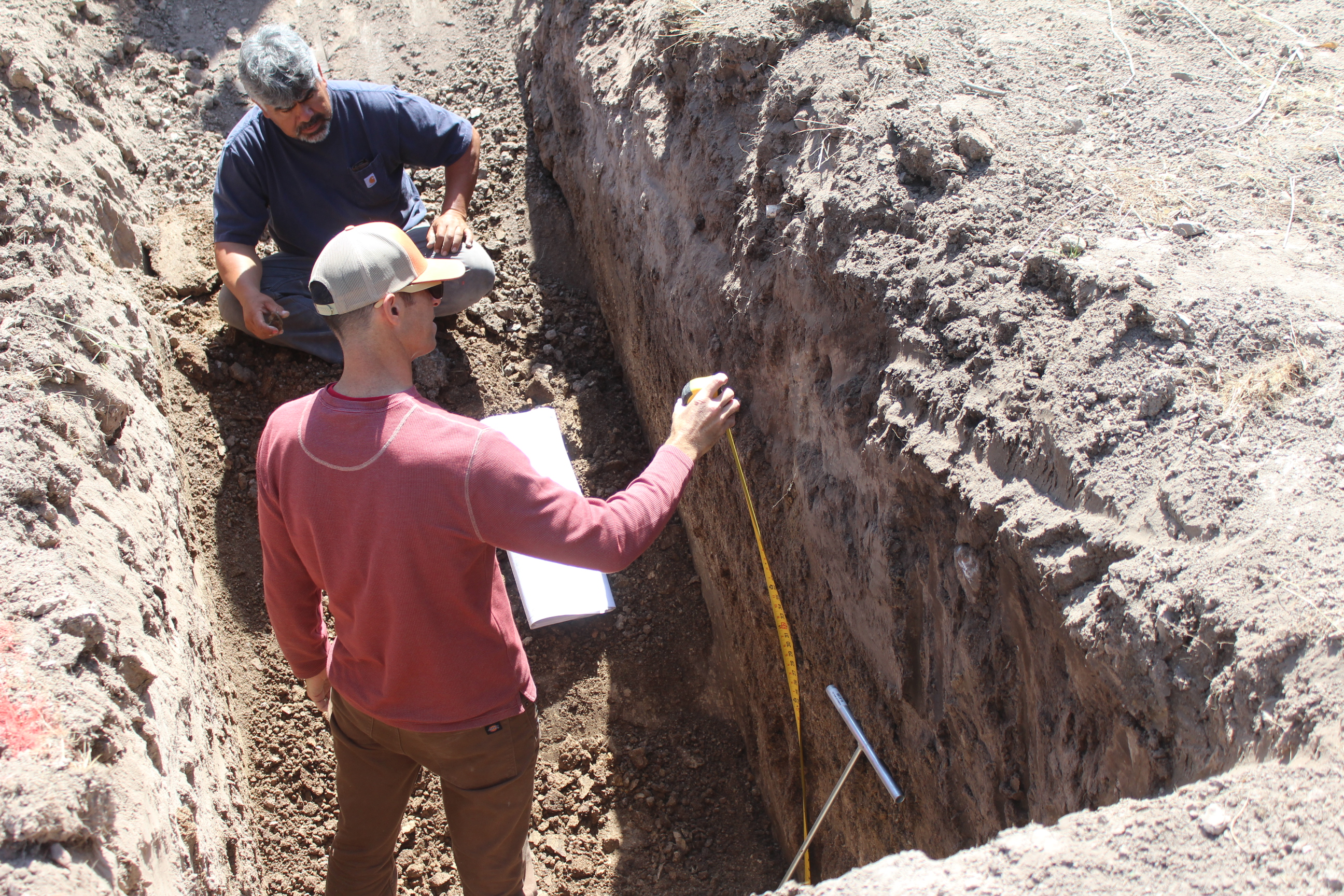What is Soil Exploration? || What is the depth of exploration for type of foundation? || IS 1892 1979
The object of site exploration is to obtain reliable,
specific and detailed information about the underlying soil/rock and
groundwater conditions at a site for enabling engineers in the safe and
economic design and execution of engineering works.
To meet this objective investigation are carried out to
the required depth and horizontal extent in the region likely to be affected by
the proposed constructions.
Purpose of soil exploration
The soil
exploration should yield precise information about:
· Nature and engineering properties of the soil/rock strata
· Location of groundwater table and its fluctuation
Depth
of investigation, in general, is decided based on the
intensity of structured loading and the type of foundation contemplated.
This depth up to which the increase in stress due to
structural loading causes shear failure or excessive settlement of foundation
is known as significant depth.
This depth of investigation is generally taken as the
depth of pressure bulb of intensity 0.1 q where ‘q’ is the intensity of loading
at the base of foundation.
IS 1892 provides the following guidelines for depth of
exploration for different types of foundations.
|
Sl no
|
Type of
foundation
|
Depth of
exploration
|
|
1.
|
Isolated
spread footings or raft or adjacent footings with clear spacing equal or
greater than four times the width
|
One
and half times the width
|
|
2.
|
Adjacent
footings with clear spacing less than twice the width
|
One
and half times the length
|
|
3.
|
Adjacent
rows of footings i. With clear spacing between rows less than twice the width
ii. With clear spacing between rows greater than twice the width iii. With
clear spacing between rows greater than four times the width
|
Four
and half times the width
Three
times the width
One
and half times the width
|
|
4.
|
Pile
and well foundations
|
One
and half times the width of structure from bearing level (toe of pile or
bottom of well)
|
|
5.
|
Road
cuts
|
Equal
to the bottom width of the cut
|
|
6.
|
Fill
|
Two
meters below the ground level or equal to the height of the fill, whichever
is greater
|
The member and spacing of boring/test pits depend on
the type and size of foundations and extent of variation in soil conditions.
IS 1892 makes the following recommendations:
· For smaller and less important buildings even one bore hole or trail pit in the centre will suffice
· For very large areas covering industrial and residential colonies, the geotechnical nature of the terrain will help in deciding the number of bore holes or trail pits
· Cone penetration tests may be performed at every 50 m by dividing the area in a grid pattern and number of bore holes or trail pits decided by examining the variation in penetration curves. The cone penetration tests may not be possible at sites having gravelly or boulders strata. In such cases geophysical methods may be suitable.

Nice piece of information
ReplyDeletePost more post on soil exlporation
ReplyDelete